Will the Indian Air Force be interested in the F-16 Block 70? Lockheed Martin is wedging back into the Indian arms market
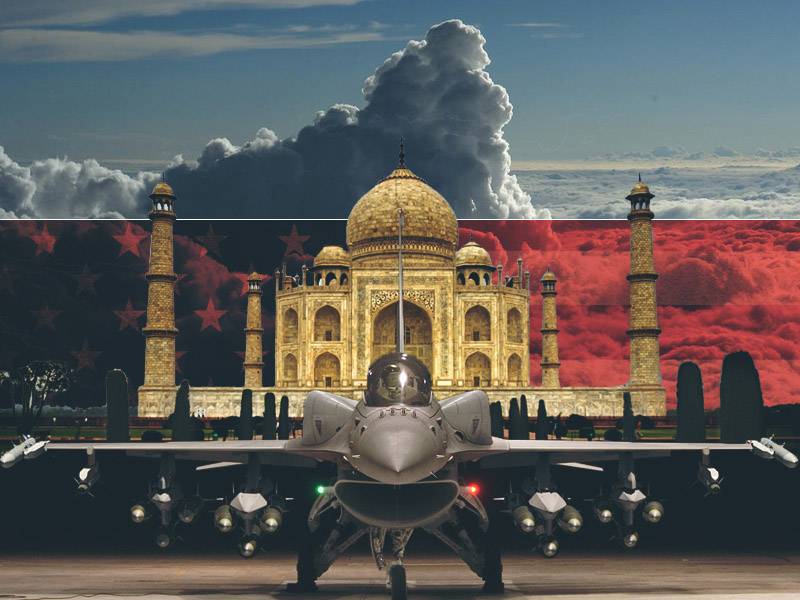
The last few days continues to come quite a lot News on promoting several major defense projects for the Indian Air Force. So, between the representatives of the Russian company Sukhoi and the Indian Hindustan Aerinautics Limited (HAL), as well as representatives of state governments, the coordination of design features, such as the power plant, as well as the components of the avionics base of the future 5th generation FGFA heavy super-maneuverable fighter, continues developed on the basis of our T-50 PAK FA. Before concluding a contract for the development of the machine, even before the start of research and development (R&D), the Indian side, apparently, wants to make sure that all stages of the development of the promising TRDF "Izdeliye 30" are moving steadily, because from the outside Delhi for the program should be allocated more than $ 4 billion.
In parallel with the pre-contract “red tape” on the FGFA project, consultations are also being held between representatives of United Aircraft Building Corporation and HAL about the details of the modernization stages of the super-maneuverable Su-30KI multi-purpose fighters. This contract will have far fewer “pitfalls” and nuances, and therefore HAL Chairman T. Suvarna Raj even agreed on the time limits for his conclusion, limited to the end of May 2017-year. The modernization of the Su-30MKI will be presented in two stages, during which the “Drying” will be updated with more powerful AL-41F1 engines and more advanced on-board radars (either the “Zhuk-AE / AME” series or “Irbis-E” series).
Against this background, the American aerospace giant Lockheed Martin does not abandon attempts to promote its lightweight multi-role fighter F-16IN Block 70 / 72 in the Indian arms market. Moreover, as part of the Make in India program, Lockheed Martin wants to launch production facilities for F-16IN production in India itself. According to one of the representatives of the American company, made at the aerospace exhibition "Aero India-2017", this particular aircraft is the main contender for the place of the advanced LPI of the 4 ++ generation in the Indian Air Force, and will also become the guarantor of the strengthening of Indian-American military-technical cooperation. At the same time, neither the country's Air Force command, nor the Ministry of Defense are particularly interested in the new version of the Falcon, but rely on the above contracts for upgrading Su-30MKI, developing FGFA, and also considering the possibility of purchasing additional Rafale. Also in the design departments of the Indian Defense Research and Development Organization (DRDO), work continues on the project of the middle-class 5 fighter AMCA, and on the horizon the MiG-35 has again drawn into all its glory, which in the near future can be offered to the Hindus again, yes also in a complete set with a new long-sighted (260 km) radar with AFAR "Zhuk-AME", receiving and transmitting modules of which are installed on promising substrates with a super-long service life, obtained by the method of low-temperature co-fired core amiki (LTCC).
This moment alone will quickly precipitate Lockheed Martin’s ambitious plan to conquer the Indian armament market: the F-16IN-AN / APG-83 SABR airborne radar has a shorter range (up to 160-180 km with EPR 3 m2) and reliability rather than the promising "Beetle" being developed today. As for the flight technical qualities, the new “Falcon” will not surprise the Indian pilots with the “highlights” of aerial acrobatics, which are a daily affair for the Su-30MKI equipped with a thrust vector deflection system. And even without engaging the thrust vector, the Su-30MKI is ahead in maneuverability of the F-16IN, equipped with two massive conformal fuel tanks on the sides of the gargroth. The angular speed of the Su-30MKI reversal reaches 22 degrees / s, while the F-16IN Block 70 can maintain a steady turn with the angular speed 20,5 degrees / s. After the launching of the drying facilities, the American fighters left far behind, starting to carry out the Cobra Pugacheva, Bell, Chakra Frolova maneuvers, etc.
The main competitor in the lightweight for the F-16IN is the French Rafale; and even here the "American" looks a little better. Having a slightly greater thrust-to-weight ratio (1,05 versus 1 kgf / kg), a larger sweep wing, greater PGO, and less wing load (420 versus 456 kg / m2), the Rafal is superior to the F-16IN in the angular speed of rotation (28 deg / s!), roll speed, as well as the maximum angle of attack (more than 45 deg). At all without exception aerospace showrooms and Rafale air shows, they demonstrate such maneuverable abilities that pilots of any modification of the F-16C couldn’t dream of (from lightweight Block 40/52 + cars to heavier Block 60/70s). In particular, in terms of the so-called "energy maneuvering", the French fighters of the 4 ++ generation Rafal are even slightly superior to the MiG-29SMT and Su-27. Indian Air Force flight crew familiar with the superior qualities of the French fighter aviation since the distant 1984, when the first Mirage-2000H light squadron was formed and put into service with a 41 m2 triangular wing, possessing unprecedented angular speeds of a steady turn against the background of most western fighters.
As for the on-board radio-electronic equipment and armament of Rafal, it is absolutely not inferior to the F-16IN arsenal. The fighter is equipped with a modern RBE radar with an AFE RBE-2AA capable of detecting a fighter type J-10A at a distance of 150 km, and an air combat missile of the type AMRAAM - at a distance of 55-60. The station has the ability to work in the 140 degree viewing area and in almost all known modes for targets on the sea / land surfaces, including synthetic aperture (SAR) and detection / tracking of mobile ground targets. Energy RBE-2AA is about the same level as the AN / APG-83 SABR. For passive detection of remote warm-contrast air targets at Rafale, a highly sensitive infrared sensor with a cooled FSO high resolution matrix, capable of detecting enemy fighter with afterburner engines at a distance of 120 - 150 km (to the side and rear hemispheres), is used. The F-16IN armament control system has a similar AN / ASQ-28 IFTS optical-electronic complex (integrated into the nose of the fuselage in front of the cockpit lantern, by analogy with our OLS-35 / UEM), which does not have the technological advantages over the French and our products.
As the main armament for conducting long-range air combat, the French propose the Air Force of India to the Indian Air Force MBDA Meteor. The rocket has an effective range of the order of 150 - 160 km, but unlike the American AIM-120D, it has a much better indicator of the kinetic energy of flight (it has a much lower deceleration rate). This is possible due to the longer duration of the ramjet engine. Even at a distance of the 130-140 km, the rocket can still reach the intensely maneuvering aerodynamic target. The American AIM-120D solid-propellant rocket engine runs for only a few seconds, after which the loss of kinetic energy and speed of flight begins, depending on the height of the trajectory. Naturally, the programmers of the Raytheon development company wrote for the inertial navigation system and the ARIMSN AIM-120D rocket a special algorithm of enhanced noise immunity, so that the rocket during the 90 — 95% of the trajectory did not perform unnecessary maneuvers in the direction of the enemy's electronic warfare, and began to maneuver only when approaching to the goal itself, but it is not able to replace the energy qualities of a ramjet. And therefore “Meteor”, as the main type of armament for long-range air combat, looks more preferable in the eyes of the Ministry of Defense of India and other customer countries than the American AIM-120D AMRAAM.
India also has a project of its own lightweight multi-purpose fighter LCA “Tejas”, developed and produced by the capabilities of the aircraft manufacturer Hindustan Aeronautics Limited. The technical task for the new generation fighter "4 +", transferred to the Agency for Aviation Development ADA in the 1985 year, began to be embodied in the draft design from the 1987 year. Most of the design work was carried out by the specialists of the French aircraft-building giant Dassault Aviation, which is why all the features of the classic tailless tails, Mirage, are traced in Tejas. To date, all Tejas Mk-I / II fighter jets have a very serious drawback, which consists in the low F-116-GE-IN404 and F-20-GE-INS414 turbojet engines (6 and 9155 kgf), respectively: unable to realize the thrust-to-weight ratio of the 10000 at a normal take-off mass, but a solution to the problem has already appeared on the horizon. According to the statement of DRDO Development Director S.P. Narayanana, the Organization of Defense Research and Development, is embarking on a program to modernize the current prototype of the Kaveri K1 turbofans to a more advanced version of the K8. The works will be carried out jointly with the French company Safran, a preliminary agreement with which was reached during a meeting at the aerospace exhibition Aero India-9.
After bringing the Kaveri K9 to at least 11000 kgf (107,91 kN), the Tejas Mk.2 thrust at normal take-off weight in the air-to-air configuration (9578 kg) will be 1,15 kgf / kg. At the same time, the car will be fully fueled, equipped with an outboard fuel tank on the 1200 l, and as armament it will carry 6 long-range air strikes “Astra” with a weight of 103 kg. You must admit that the abilities are not so sickly as for the fighter of the “4 ++” generation. The maneuverability of "Tejas" with the new engine will not yield to "Mirage-2000TI". The "Tejas" have a huge modernization potential due to the wing loading alone, which at normal take-off mass reaches 220-255 kg / m2; after the installation of the new engine, this feature will allow pilots to maneuver with large overloads with close to the maximum combat load (3 — 3,5 tons).
As you know, starting from 2011, information about the development of Tejas Mk.2 promising radar with active phased array has appeared on the Indian Internet and media, but since the design work has been delayed until today, Indian-made radars are installed on the two fighters, developed on the basis of the Swedish station PS-05. This radar was developed for the first modifications of the Jas-39 “Gripen” light fighter and is represented by a slit antenna array; the maintenance bandwidth is only 6 air targets, on the target channels - the entire 2, which is absolutely not consistent with the generation of "4 ++". For this reason, the entire fleet of “Tejas Mk.2” will expect to upgrade the onboard radar sighting systems to high-resolution multi-mode stations with AFAR. Prior to this, the problem of low radio transparency of the standard radomes of fighters should be completely eliminated, due to which the range of work on targets was limited almost 2 times. For example, a radar-analogue PS-05, capable of detecting a target with 3m2 EPR at a distance of 65 km, due to the low capabilities of the serial fairing, detects it at a distance of 35 km.
To resolve the issue, a limited production series of fighters was used - flying laboratories, which entered the board of the LSP-3. According to the Indian information resource defensenews.in for 26 in February 2016 of the year, this machine was tested high-quality quartz radome made by Cobham Composites (United Kingdom). The advanced fairing was delivered to the National Testing Center of Bangalore in the summer of 2015. From this, we emphasize that having made multibillion-dollar bets on LCA “Tejas”, FGFA, AMCA projects, as well as Rafali purchased and improved Su-30MKI, the Indian Ministry of Defense, together with major aviation companies and research organizations, is not at all interested to include in this list yet F-16IN Block 70, with lower flight performance and competitiveness. All this reduces the chances of the newest American F-16IN Block 70 for successful expansion in the Indian arms market, as well as for the licensed production of this fighter by the Indian branch of Lockheed Martin along with Tata Advanced Systems Ltd.
Information sources:
http://forum.militaryparitet.com/viewtopic.php?id=13947
http://www.airwar.ru/enc/fighter/f16df.html
http://paralay.com/
http://www.airwar.ru/enc/fighter/rafal.html
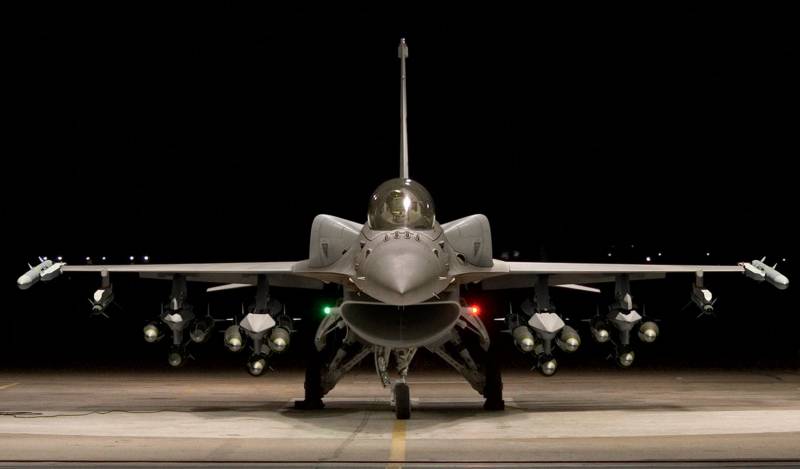
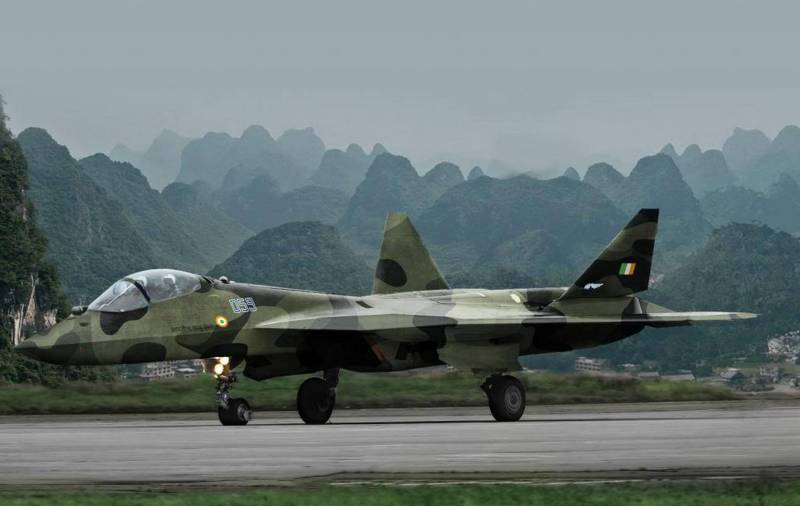
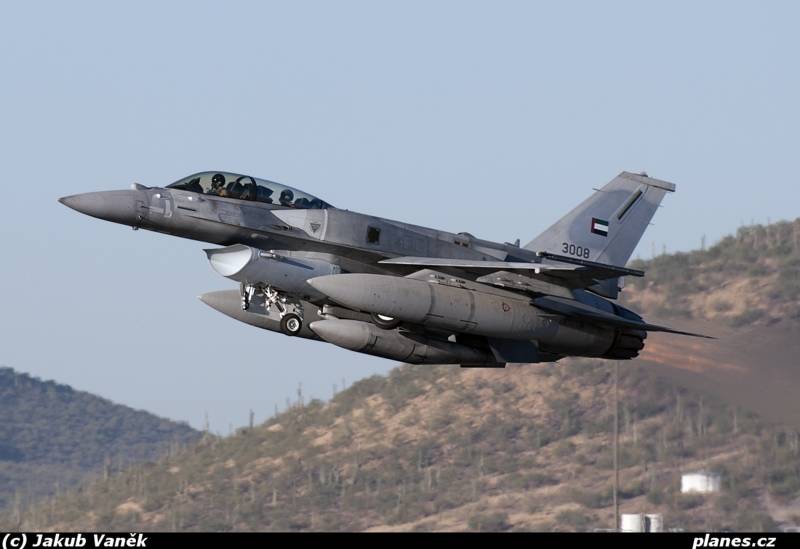
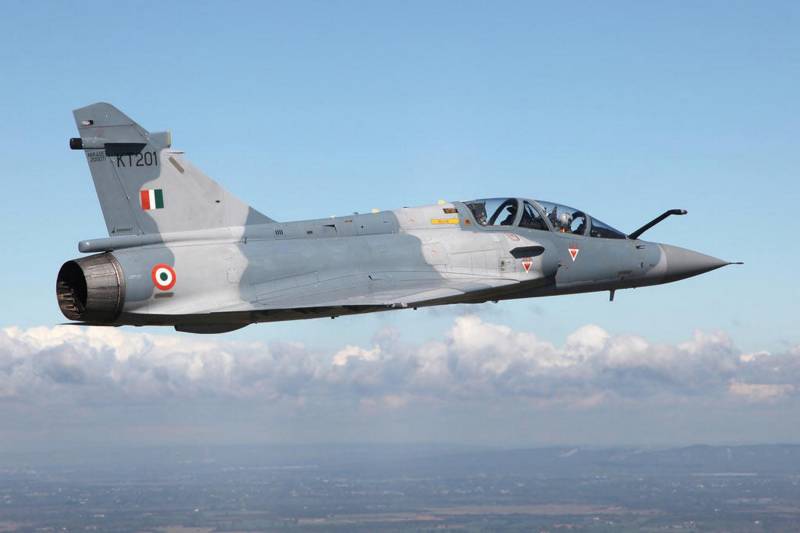
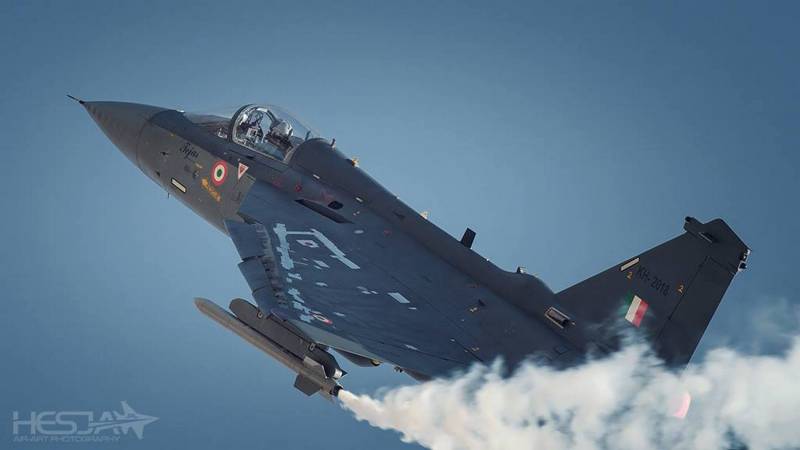
Information